learning path
The complete guide to geotargeting
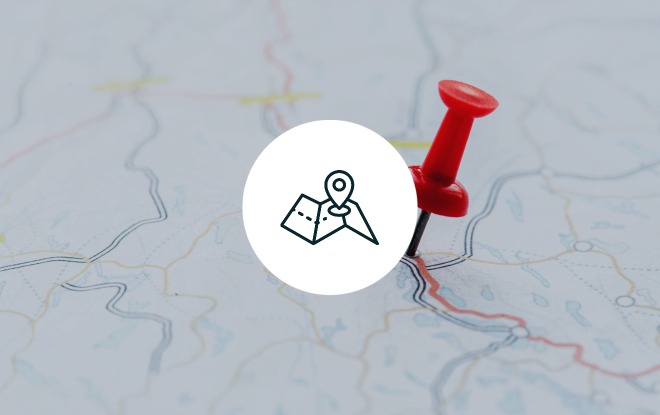
What is geotargeting
Geotargeting describes the use of location data to deliver targeted messaging and content based on an individual’s location.
Benefits of geotargeting as a marketing tool
An individual’s physical location has a big influence on their interests and needs when engaging with your marketing emails or website. Using geotargeting, you can tailor the customer experience to each individual based on where they’re located, ensuring they see the most relevant content to their current context. This in turn boosts conversion rates since it helps connect customers with the information they need to make a purchase decision.
Geotargeting vs geofencing
Whereas geotargeting uses technology such as website IP tracking to serve targeted location-based content, geofencing involves building a virtual ‘fence’ and displaying content to all shoppers who enter the selected area.
Example use cases of geofencing include:
One example use case is brick-and-mortar retailers targeting shoppers near the stores of their competitors to provide them with discounts for their own store.
Burger King famously took on McDonald’s using this approach, where customers within 600 feet of a McDonald’s were given the opportunity to order a Whopper for a reduced price and then received directions to their nearest Burger King to collect their meal.
Another example could be travel insurance providers targeting travelers who arrive at the airport to promote their services.
Look for a tool that lets you make use of geotargeting and geofencing technology, so you can benefit from both.
Examples of geotargeting in eCommerce and travel
1) Location-based dynamic content
Dynamic content allows you to automatically generate compelling creative that is unique, relevant and up-to-date the instant a shopper interacts with your marketing. When combined with geotargeting, it enables you to tailor your content to each individual based on their location.
eCommerce
For eCommerce businesses, an example of this could be matching a product’s location with a shopper’s location and behavior to recommend products in the shopper’s most browsed category that are available in their nearest store.
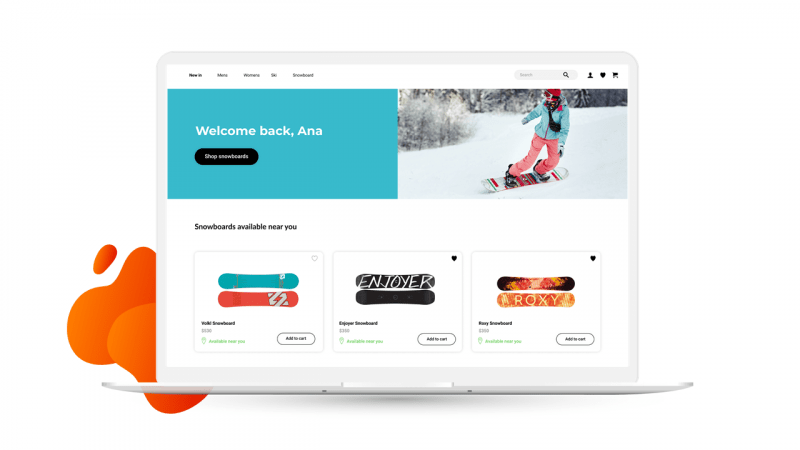
Travel
For travel businesses, an example of this could be highlighting offers for vacations that are currently enjoying sunny weather to a shopper who is experiencing rainy weather in their current location.
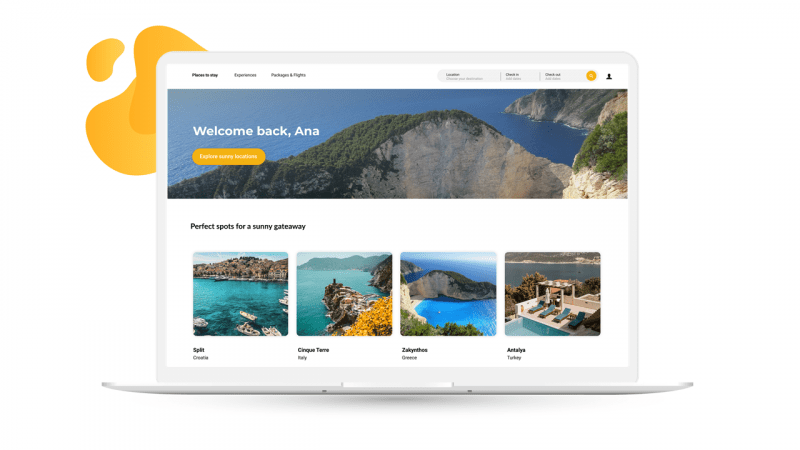
2) Nearest store
eCommerce
Incorporating nearest store information (i.e. displaying details of the shopper’s nearest store) on your website and in marketing emails is an effective way to drive footfall to physical locations, as well as providing a more convenient customer experience.
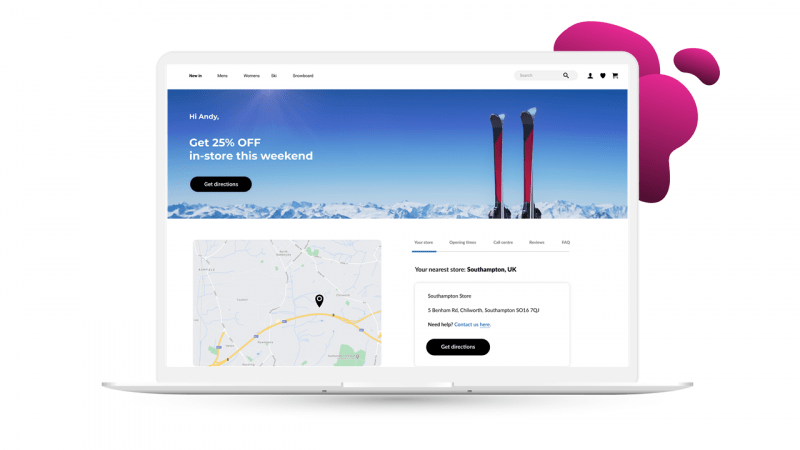
Travel
Travel companies can employ this tactic too by displaying details of the individual’s closest high-street store. This will encourage travelers who might be hesitant to book online to book a vacation in-store.
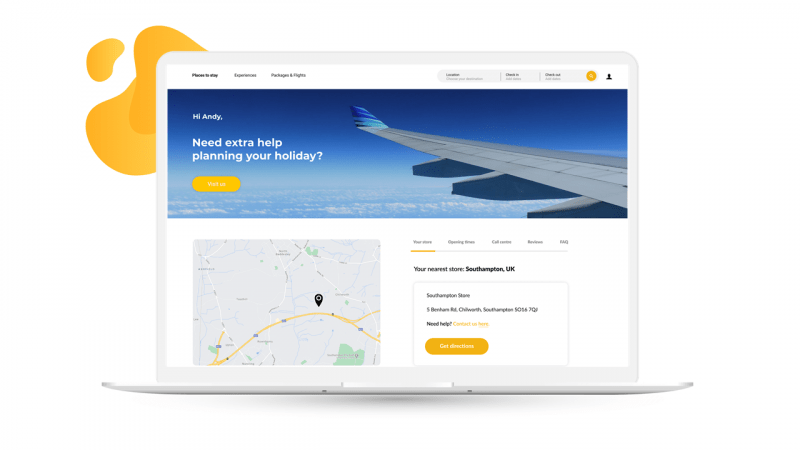
3) Currency and delivery information
eCommerce
Displaying the relevant currency and delivery information to each shopper based on where they’re located is a simple but highly effective use of geotargeting.
Shoppers will be more likely to make a purchase if they see products priced in their currency and they know what to expect from their local delivery process.
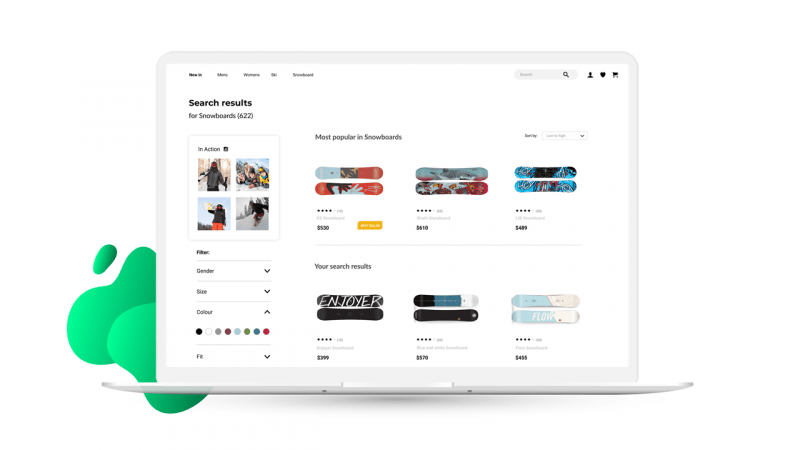
Travel
Likewise, travel businesses can display vacations and flights in the individual’s relevant currency and can use the traveler’s current location as the outbound country for flights, for example.
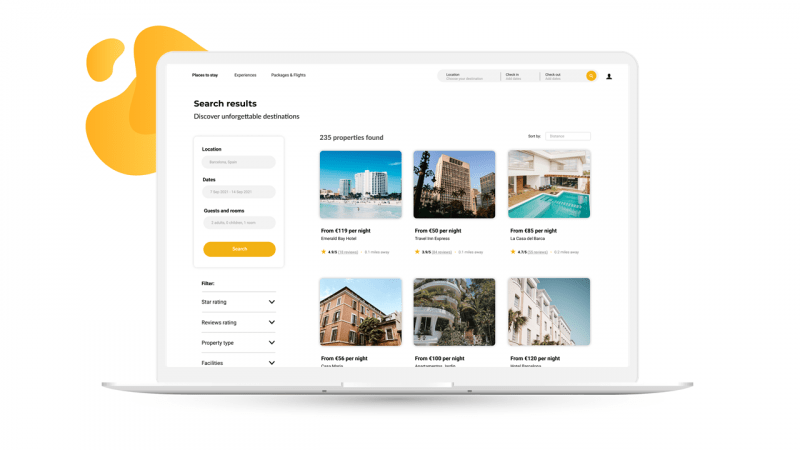
Geotargeting tools and technology
To implement geotargeting, you’ll need the right tools and technology in place to help you identify your users’ locations and deliver relevant content.
How Fresh Relevance can help
With Fresh Relevance’s geotargeting technology, you can serve dynamic content based on the individual’s nearest store or region. You can also refine marketing rules and customer segments using flexible location-based rules.
We enable you to define a customer’s location in a few different ways:
- A location merged in, e.g. from a field in your ESP
- The current geolocation of the individual based on their IP address
- A value stored in the person record, e.g. an imported known location
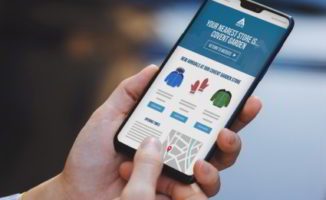
Enhancement: Geotargeting tools

Feature Highlight: Geotargeting tools to drive content based on location (with or without identifying individuals)
Our geotargeting tool has been designed to give you increased flexibility when defining locations. By combining this functionality with our versatile personalization features, you can use location-based marketing to engage your customers and drive revenue.
With Fresh Relevance’s geotargeting tool, you can:
- Display nearest store information, such as opening hours and maps
- Override locations if necessary (e.g. if a person’s nearest store is in Guilford but you know they shop more frequently in your London store)
- Filter product recommendations based on the customer’s location, so individual customers will only see products available near them
- Display content based on the live weather at the shopper’s location to provide them with relevant product recommendations, such as winter boots if it’s snowing
- Create geofences to show specific web content or send a specific email to customers in the proximity of a given location
Book a demo to find out how Fresh Relevance could help you achieve your business goals with geotargeting.
FAQs
What is geotargeting in marketing?
Geotargeting is tailoring content, ads, or promotions to a specific audience based on their geographic location. It allows businesses to personalize marketing efforts, which improves relevance and engagement for local or regional audiences.
What is the difference between geofencing and geotargeting?
Geofencing sets geographical boundaries and triggers an action or actions when a device enters or exits the defined area. It’s often used for location-based alerts. Geotargeting, on the other hand, delivers content or ads tailored to specific geographic locations, focusing on audience relevance rather than proximity triggers.
What is the use of geo-location targeting in eCommerce?
Geo-location targeting enables businesses to tailor content, promotions, and product recommendations based on a user’s real-time or predetermined geographic location. This personalized experience enhances relevancy, engagement, and conversion rates.








